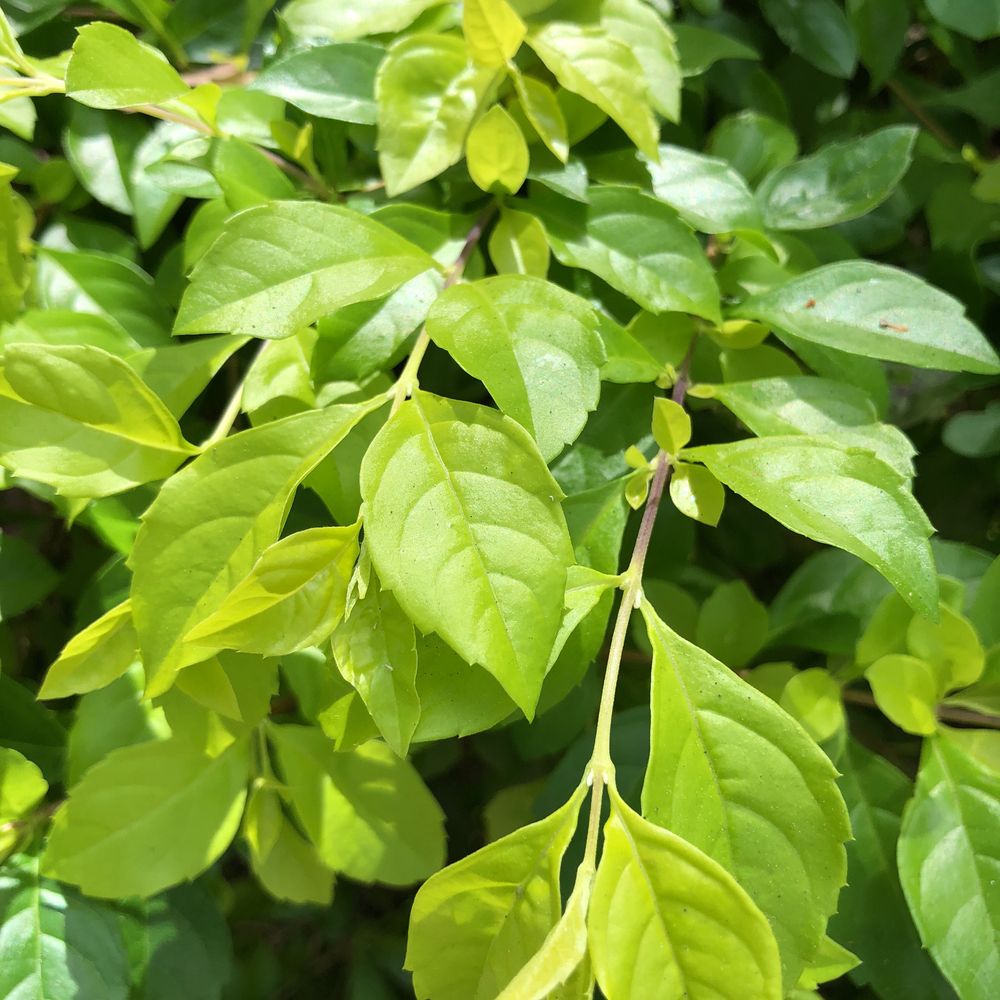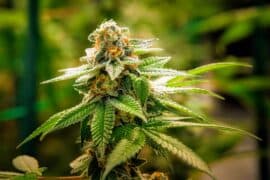Golden dewdrops
(Duranta erecta leaves)

Description
Duranta erecta is a species of flowering shrub in the verbena family Verbenaceae, native from Mexico to South America and the Caribbean. It is widely cultivated as an ornamental plant in tropical and subtropical gardens throughout the world, and has become naturalized in many places. It is considered an invasive species in Australia, China, South Africa and on several Pacific Islands. Common names include golden dewdrop, pigeon berry, and skyflower. In Mexico, the native Nahuatl name for the plant is xcambocoché. In Tonga it is known as mavaetangi (tears of departure). Duranta is registered as an invasive weed by many councils of Australia. It is a prolific, fast growing weed that is spread by birds from domestic areas to natural reserves. It was introduced and marketed as a hedge plant some years ago. Many people now fight to keep this thorny pest under control. It is highly ranked in the most invasive weeds in Australia. Duranta erecta is a sprawling shrub or (infrequently) a small tree. It can grow to 6 m (20 ft) tall and can spread to an equal width. Mature specimens possess axillary thorns, which are often absent on younger specimens. The leaves are light green, elliptic to ovate, opposite, and grow up to 7.5 cm (3.0 in) long and 3.5 cm (1.4 in) broad, with a 1.5 cm petiole. The flowers are light-blue or lavender, produced in tight clusters located on terminal and axillary stems, blooming almost all year long. The fruit is a small globose yellow or orange berry, up to 11 mm (0.43 in) diameter and containing several seeds. The leaves and berries of the plant are toxic, and are confirmed to have killed children, dogs and cats. However, songbirds eat the fruit without ill effects. Duranta erecta is native to the Americas, from Mexico and the Caribbean south to Brazil and Argentina. There is some debate about whether the plant is also native to the southern United States, in Florida, Louisiana, Texas, Arizona and California, or is an introduced species there. In its natural state, it commonly grows in rocky or sandy coastal areas with full sun, or moister, disturbed sites inland. Prior to maturity, the plant will grow at a rate of up to half a meter per year.
Taxonomic tree:







